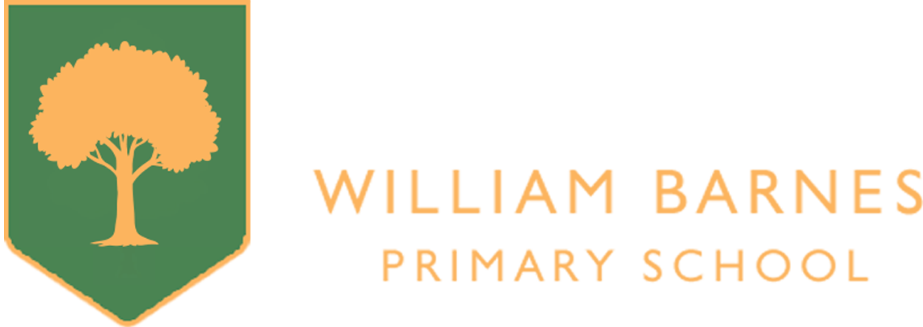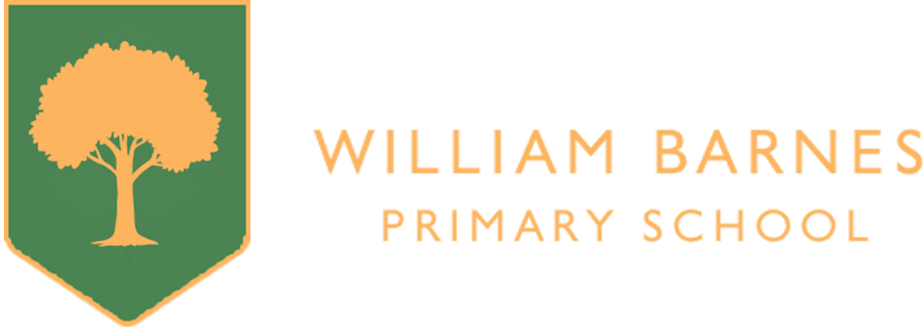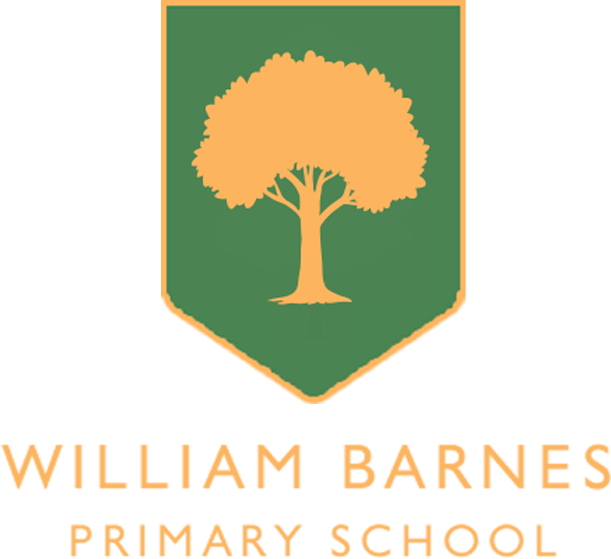Assessment for Learning (AfL) or Formative Assessment
William Barnes Primary School is an Assessment for Learning School.
AfL practice at our school is used to promote the agenda across Dorset.
Assessment for Learning is a set of Teaching and Learning Strategies which ensure the learning potential of any lesson is maximised. Its principles include the emphasis on independence, participation, engagement, communication and information between learners in the classroom being passed on and acted upon quickly.
There are 5 main areas in the AfL agenda:
1. Sharing Learning Objectives and Success Criteria
2. The use of Talk and Quality Questioning
3. Quality Feedback which is acted upon
4. Self and Peer Assessment
5. The Learning Environment.
Each of these elements are linked and rely on one another for the strategies to succeed. They also require the active participation of children as learners.
1. Sharing Learning Objectives and Success Criteria
This is where teachers share the learning intention of the lesson with the children. They aim to make it a skill, to be free from context and fine tuned. Success Criteria are where teachers share the ingredients or steps which will be needed to be successful. These are displayed so that children can refer to them when working independently. They may also be used for self and peer assessment. Once confident with the strategy, teachers try to involve children in the creation of success criteria, as they are more powerful than criteria which are pre-prepared. Teachers also aim to make them accessible to all children by placing them in the same area every day and using symbols rather than words for very young children.
2. The use of Talk and Quality Questioning
At William Barnes, we value the use of well-managed talk in our classrooms.
We use Talking Partners when appropriate and we encourage learning and understanding to be discussed, so that opportunities for development or any misconceptions can be identified quickly.
We believe that an AfL question is a question worth asking. We expect all children to engage with our questions and for this reason, when appropriate, we all use lolly sticks to choose the child who will answer. This encourages all children to engage as any child could be asked to respond.
We believe in the use of questions which do not only require the recall of facts, but also require deeper thought so we often give time to think or talk before an answer is required. Some questions require much thought and even some jottings before an answer is asked for.
3. Quality Feedback which is acted upon
We believe that speedy feedback is the key to maximising progress in any lesson. Opportunities for questioning, checking, reviewing and feeding back are built into lessons so that teachers and children can act on this information before the lesson is over. Plenaries, which happen before the end of the lesson, are one good way of ensuring this.
All staff use the ‘Success and Improvement’ style of marking. This is where we use highlighters to identify successes and improvements so that it is very clear to the child. Alongside this, is the strategy of ‘Improvement Time’ which is where children are given time at the beginning of the next lesson to absorb the marking – ‘Where have I been successful and what do I need to do to improve?’ If possible, improvements can be made in that time. We have also found this to be very successful in linking lessons together in the children’s minds.
4. Self and Peer Assessment
This is where children become truly independent and begin to use the success criteria to make judgements about the success of their own work or outcome and finally, the work of others. This can be a very powerful tool in developing progress and independence.
Children are taught explicitly how to do this – it can either be orally, with highlighters or in the written form. We have adopted the ‘Paired Peer’ model whenever children are assessing each others work – this means as a pair they look at an outcome (e.g. a story or letter the children have written) and then look at the other outcome as a pair also. This means that the creator of the work is always present and is far more effective than swapping. We have found that these strategies to be very empowering to children, giving them a sense of importance and independence.
5. The Learning Environment.
These strategies are all about being explicit about how we learn and creating an engaging, energised environment for the learning process to develop in. We regularly consult with children about enablers and barriers to their learning – they are free to tell us what helps and what doesn’t.
We encourage children to be open about their misunderstandings and errors – we call them ‘Learning Mistakes’ and thank children for sharing them with us because we can all learn from them. Challenge is also encouraged and we are clear with children that challenge is required for learning; if they are finding the work too easy, they might not be learning.
All classrooms have a ‘brain display’ which is linked to the ‘Growth Mindset’ ethos we try to develop in all our learning. (See link to ‘Growth Mindset’)
Further Reading !
Look at Shirley Clarke’s website www.shirleyclarke-education.org




